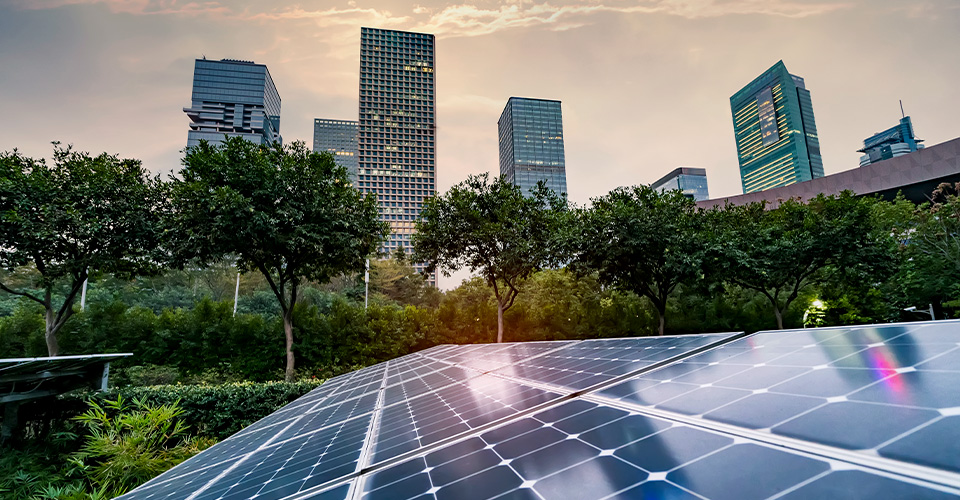
Why is sustainability important to your business?
Incorporating sustainable practices creates long-term value for your business, meeting the expectations of both your employees and your clients and partners.
AIt's not just about helping the environment; customers increasingly want to support businesses that are socially responsible. Taking environmental, social and governance (ESG) factors into account can help you become more resilient, better manage risk and take advantage of new opportunities. You'll also be better prepared to deal with potential regulatory requirements.
Solutions for financing your sustainability initiatives
Adopting sustainable practices is essential for staying competitive. See how our products can help.
Bridge financing
This short-term loan can help you meet temporary cash flow needs while you wait for ESG grant funds to come in.
Term loan
This is a flexible loan you can use to finance your sustainability projects.
Accelerator Loan guaranteed by BDC
This loan, guaranteed by the Business Development Bank of Canada (BDC), makes it easier for you to fund your projects.
Momentum Fund
This program can help you fund projects such as adopting eco-friendly management practices or integrating circular economy principles into your operations.
3. Trouver du financement
Une fois votre plan en main, il est temps d’investir dans l’amorce de pratiques responsables.
How we can support your ESG goals
Sustainable business practices are part of our cooperative mission. Whether it’s through carbon footprint reduction or responsible investment, we find ways to help you help the community. See how you can make your ESG goals become a reality.
Connecting you with the right resources
Our trusted partners offer specialized services in various fields at preferential rates.
We have other financing solutions available depending on your needs. We can help you choose the best one for your business.
Contact us
Or have us call you when it's convenient.


